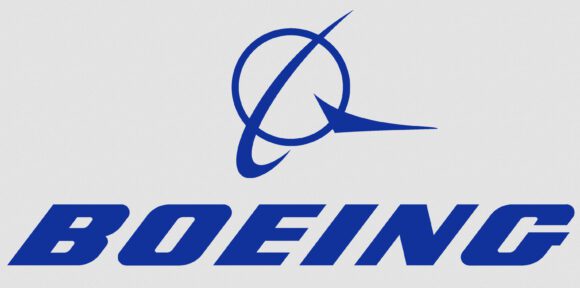Yesterday the aviation world was aflutter over the United Airlines selection of the 737-700. And it was with good reason, as our chart showed, the -700 is ex-growth. Market interest is minimal.
Then more news emerged about the -700 that, perhaps, provides some context to the United order. Southwest’s CEO said in the company’s earnings call that they exercised six 737-800 options and also placed new orders for 27 more. These aircraft will allow for accelerated retirement of aging 737-300 and 737-500s. But Southwest also converted its remaining 25 737-700 options to -800s. Not only is this conversion interesting, but Southwest adding quite a bit to its capacity. These 25 conversions suit Boeing as well since it is by far the most popular 737NG, and more expensive than the -700.
The conversion occurs conveniently close to the United order. Perhaps Boeing is able to slot the production to take care of two major customers at minimal disruption to their exquisitely coordinated Renton production system. Boeing has tremendous financial flexibility with the 737 program. It can use its broad product range to allow for creative deals that are the envy of competitors. Not only does the 737 sell well, it is a program whose costs have been driven down through production efficiencies. In addition, Boeing is now churning out 787s and the 777 still dominates its segment (although another rate cut is likely before the 777X enters production).
Even if the -700 is ex-growth, in the hands of the Boeing sales team, it can still be deployed to effect. As the saying goes: “Beware of an old man in a profession where men usually die young.”
Views: 0




The other airplanes in the B-737-700 segment is the A-319 and the CS-300 (which is not certified, yet). The B-73G has an edge on performance from high/hot airports, and a slight edge on range over the A-319 (but not the A-319LR). This gives mission flexibility that UA, DL, WN, AS, and other B-73G operators enjoy.